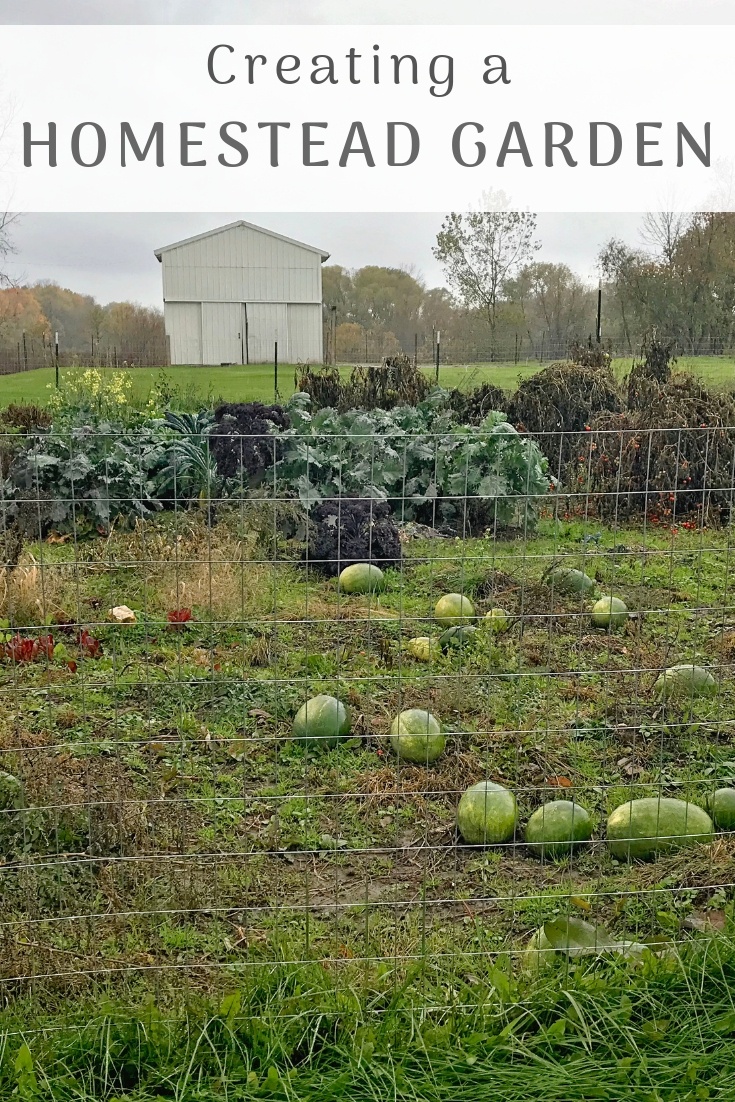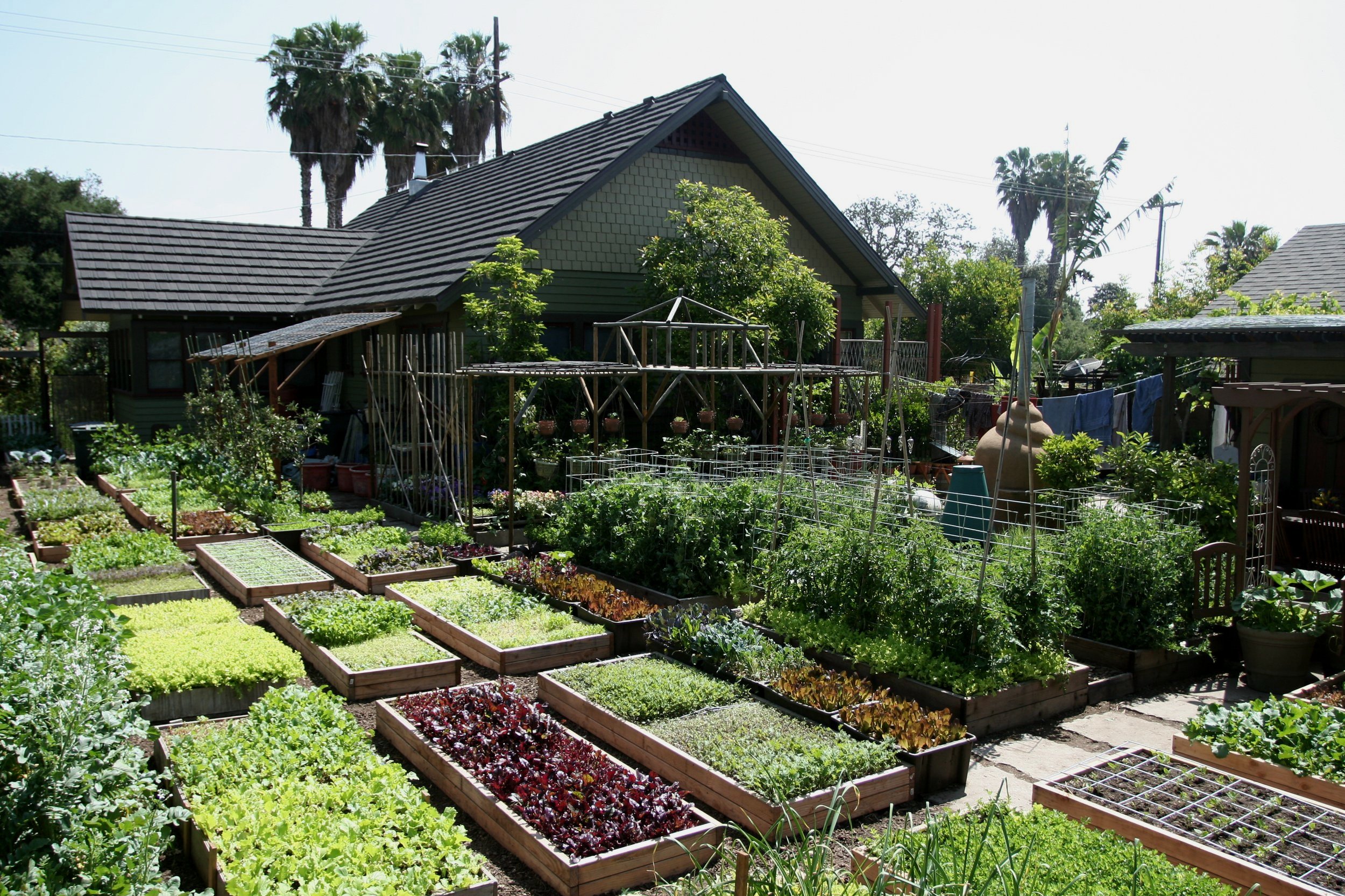Everything You Need to Know About Homestead Gardening
Everything You Need to Know About Homestead Gardening
Blog Article
Discover Crucial Tips for Effective Horticulture Techniques and Practices
Horticulture, typically viewed as a straightforward pastime, includes a variety of techniques and techniques that can significantly affect the result of your initiatives. By prioritizing essential components such as soil health and wellness, reliable watering approaches, and appropriate plant selection, garden enthusiasts can produce a thriving ecological community that supports vivid development. Comprehending the subtleties of pest administration and seasonal maintenance can even more enhance efficiency. Yet, lots of lovers neglect vital details that can make or break their gardening success-- discovering these ignored elements may reveal the trick to growing a flourishing garden.
Comprehending Soil Health And Wellness
Soil wellness is a fundamental element of effective horticulture, as it directly affects plant development, nutrition schedule, and ecosystem balance. Healthy and balanced soil is defined by a rich biodiversity of microorganisms, organic issue, and a balanced pH degree, which with each other create a setting for plant development.
To understand soil wellness, one must consider its physical, chemical, and organic residential or commercial properties. The texture and structure of dirt influence its ability to keep dampness and nutrients, while the chemical structure figures out the accessibility of vital elements like phosphorus, potassium, and nitrogen. Routine soil screening is crucial to assess these variables, allowing garden enthusiasts to make educated choices pertaining to fertilizers and changes.
In addition, promoting organic task within the soil is important for preserving its health. Practices such as composting, plant turning, and using cover crops can enhance microbial variety, boost nutrient biking, and decrease dirt erosion. By prioritizing soil wellness, garden enthusiasts not only optimize plant growth but additionally add to a lasting ecosystem, guaranteeing that their gardening practices are environmentally responsible and resilient over time.
Effective Sprinkling Strategies
Making certain that plants obtain the ideal quantity of water is crucial for their health and wellness and growth, particularly when coupled with a strong structure of dirt health and wellness (Homestead Gardening). Effective watering strategies can dramatically affect plant vitality, decreasing water wastage and advertising ideal advancement
One fundamental approach is deep watering, which motivates roots to expand deeper right into the soil, boosting dry spell resistance. This method normally entails sprinkling much less often yet in larger quantities, enabling moisture to pass through the root area extensively. Timing is additionally critical; morning is the excellent time to water, as it minimizes evaporation and allows vegetation to dry throughout the day, decreasing condition dangers.
In addition, employing compost can help maintain dirt moisture and manage temperature, additional assisting efficient sprinkling techniques. Utilizing a drip watering system can additionally offer targeted dampness directly to the roots, making certain that water reaches where it's most required while preserving resources.
Checking rainfall and soil wetness degrees can guide modifications in your watering timetable, ensuring plants get constant hydration without over-saturation. By taking on these effective watering methods, garden enthusiasts can cultivate a thriving atmosphere for their plants to grow.
Plant Option and Positioning
Just how can the appropriate plant option and calculated positioning transform a garden into a flourishing ecosystem? When selecting plants, consider factors such as environment, dirt kind, and sunshine exposure. Homestead Gardening.
Strategic placement involves arranging plants according to their development habits and demands. Taller plants need to be placed at the back of borders to stop shading shorter plants. In addition, organizing plants with similar water and light requirements can enhance their development and minimize competition for resources.
Including a variety of plants not just adds aesthetic appeal yet likewise promotes biodiversity, attracting useful bugs and pollinators. Consider the seasonal changes in your yard; pick a mix of evergreens, perennials, and annuals to make sure year-round rate of interest.
Last but not least, keep in mind to assess the mature dimension of plants prior to growing to avoid congestion and guarantee sufficient air flow. Thoughtful plant option and tactical placement produce an unified setting, permitting your garden to grow while lessening difficulties.
Pest and Illness Management
Efficient parasite and disease monitoring is vital for preserving a healthy and balanced yard environment - Homestead Gardening. An aggressive method, integrating social, biological, and chemical methods, can significantly decrease the effect of pests and diseases on your plants

Biological controls, such as introducing helpful pests like ladybugs or predacious termites, can maintain pest populations in check without harming the environment. Additionally, maintaining plant health through proper watering, fertilization, and pruning will bolster their resilience against conditions.
When treatment is essential, select targeted chemical therapies, making certain to adhere to application standards to lessen damage to non-target organisms. Always prioritize read review sustainable methods, as they promote long-term garden wellness and eco-friendly equilibrium. By integrating these techniques, gardeners can effectively take care of illness and pests, ensuring growing plants and an effective garden.

Seasonal Maintenance Practices
During each season, applying targeted upkeep methods is important for enhancing yard wellness and efficiency. In spring, focus on dirt preparation by testing pH degrees and adding needed amendments. This is additionally the optimal time to apply fertilizers and compost to preserve wetness and reduce weeds. Routinely inspect arising plants for insects and diseases.
As summertime approaches, guarantee adequate irrigation while keeping track of for indications of tension or illness. Prune back thick plants to motivate air flow and decrease moisture around foliage. This method not just boosts plant health but also promotes blooming and fruiting.
With the arrival of fall, it's time to get ready for winter months. Tidy up fallen leaves and debris to avoid resource bug infestations, and think about planting cover plants to improve soil health and wellness. This period is also suitable for dividing perennials and planting spring-flowering bulbs.
Verdict
Effective gardening joints on the assimilation of audio techniques in dirt health and wellness, watering, plant option, bug administration, and seasonal maintenance. By prioritizing soil testing and microbial variety, using efficient watering techniques, and choosing suitable plants, gardeners can create growing ecosystems.
By focusing on essential elements such as dirt health and wellness, reliable watering strategies, site web and ideal plant option, gardeners can create a thriving ecological community that sustains dynamic growth. By prioritizing dirt health and wellness, garden enthusiasts not only maximize plant growth but additionally add to a sustainable ecosystem, making certain that their gardening techniques are durable and environmentally liable over time.
Taller plants ought to be placed at the back of boundaries to avoid shading much shorter plants. Clean up dropped leaves and debris to avoid pest invasions, and think about growing cover crops to improve soil wellness.Successful gardening joints on the integration of audio practices in dirt health and wellness, watering, plant selection, parasite administration, and seasonal upkeep.
Report this page